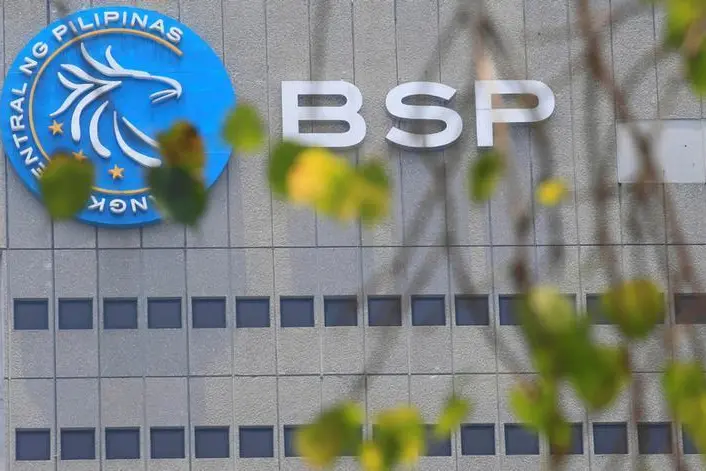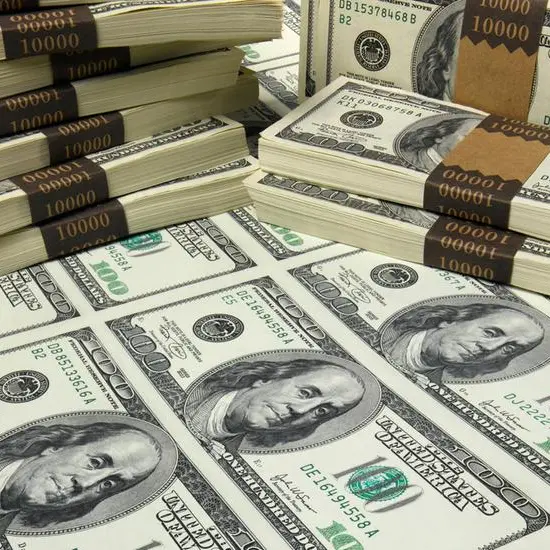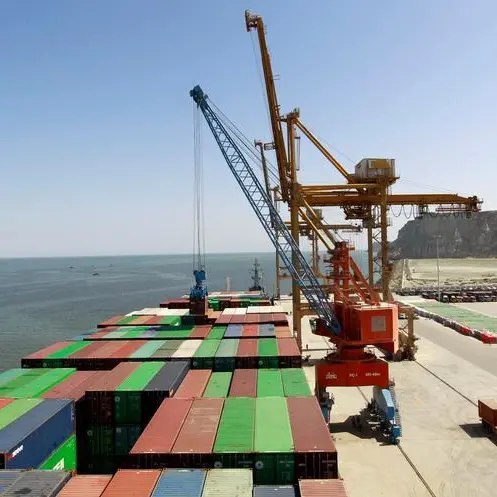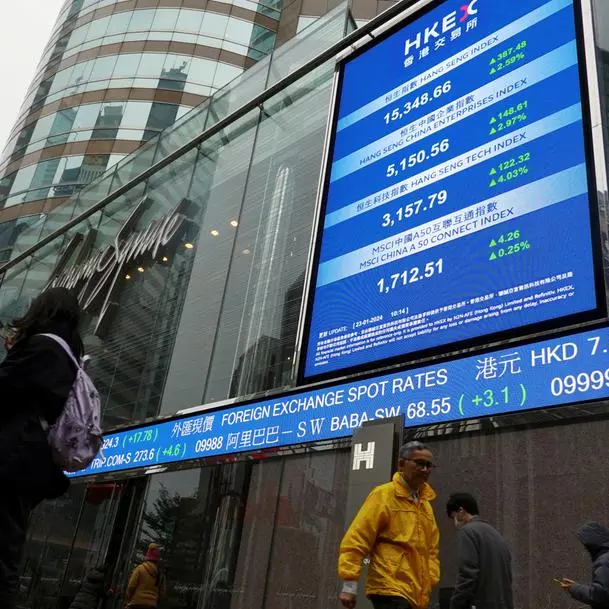PHOTO
The Bangko Sentral ng Pilipinas (BSP) is one of the central banks in the region that has enough dollar buffers to defend its currency against the greenback, according to Japanese investment bank Nomura.
'We believe BSP is one of the few central banks in the Asia ex-Japan region that has ample foreign exchange reserves to stabilize the peso for a prolonged period, if there is a desire,' Nomura said in a note.
Markets and monetary authorities have been closely monitoring the peso as it continued to stay above the 57 to $1 level for two weeks straight. The local currency closed at 57.675 to $1 on Monday, gaining 3.5 centavos from its previous finish.
The country's forex buffers rose to a 23-month high in March, as gross international reserves (GIR) inched up by two percent to $104.03 billion from $101.99 billion in February. It was also 2.4 percent higher than the $101.55 billion in the same month last year.
This was the highest GIR level since the $105.4 billion recorded in April 2022. The March GIR level has also been above the $100-billion mark for the sixth straight month or since October 2023.
BSP Governor Eli Remolona Jr. earlier said the central bank is ready to mitigate unnecessary movement and excessive volatility in the forex market.
According to Nomura, the BSP has stepped up its rhetoric regarding the peso's depreciation against the dollar as Remolona previously said the pressures in the forex market were only due to broad dollar strength rather than peso weakness.
'Overall, we remain bearish on the peso and continue to see negatives including a weak balance of payments (BOP) position on a widening current account deficit and strong local demand for foreign exchange,' the investment bank said.
The country's BOP position posted a surplus of $3.7 billion in 2023, a turnaround from the $7.3 billion gap recorded in 2022 due to the narrower current account deficit and the growth of financial account net inflows.
The current account recorded a deficit of $11.2 billion, or equivalent to -2.6 percent of the country's gross domestic product (GDP) in 2023. This is 38.6 percent lower than the $18.3 billion deficit or -4.5 percent of GDP in 2022.
The BSP is projecting a lower BOP surplus this year, forecasting a surplus of $700 million or 0.1 percent of GDP. It also sees a narrower current account shortfall this year to $6.1 billion or -1.3 percent of GDP.
Copyright © 2022 PhilSTAR Daily, Inc Provided by SyndiGate Media Inc. (Syndigate.info).























